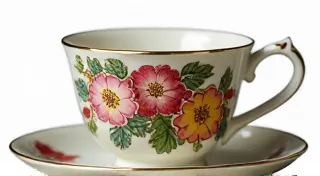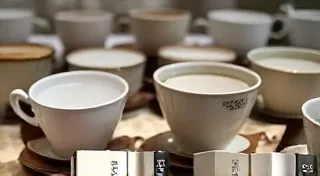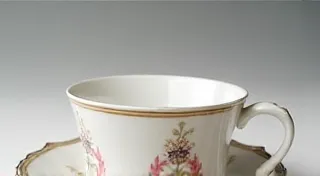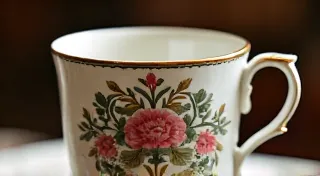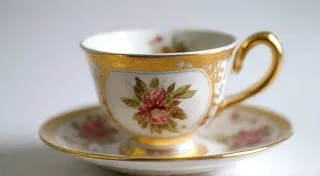Belleek Tea Cups: Irish Charm and Identifying Characteristics
Belleek tea cups are highly sought-after collectibles, renowned for their delicate beauty and Irish heritage. Originating in County Fermanagh, Ireland, these porcelain treasures offer a unique blend of artistry and history. This guide will delve into the history of Belleek and provide you with the knowledge to identify authentic pieces. Understanding the nuances of fine porcelain collecting can be a rewarding experience, and learning to differentiate genuine pieces from reproductions is a key skill. It's a journey that often intersects with the stories of other esteemed manufacturers – sometimes, identifying a cup can be challenging, leading collectors to explore “Lost & Found Marks: Uncommon Tea Cup Manufacturers” for a broader perspective.
A Brief History of Belleek
The Belleek Pottery was established in 1846 by Richard Owen, a local businessman, and John Knowlton, an English potter. The initial focus wasn’s tea cups, but rather earthenware. However, by the late 1800s, Belleek began to specialize in fine porcelain. The name "Belleek" is derived from the nearby village where the factory was established, situated on the banks of the River Erne. What sets Belleek apart is its distinctive "Creamware," a unique firing process that imparts a soft, creamy appearance to the porcelain and a slightly porous texture. Early pieces were often unglazed, imitating natural forms and reflecting the Irish landscape.
Throughout the years, Belleek has produced a wide range of pieces, from figurines to tableware. While production was disrupted during periods of political unrest, the pottery has endured and continues to be a beloved brand worldwide. The history and evolution of porcelain manufacture are fascinating, and a deeper dive into other brands, such as Identifying Shelley Tea Cups: Patterns and Markings, can provide valuable context and enhance your appreciation for the artistry involved.
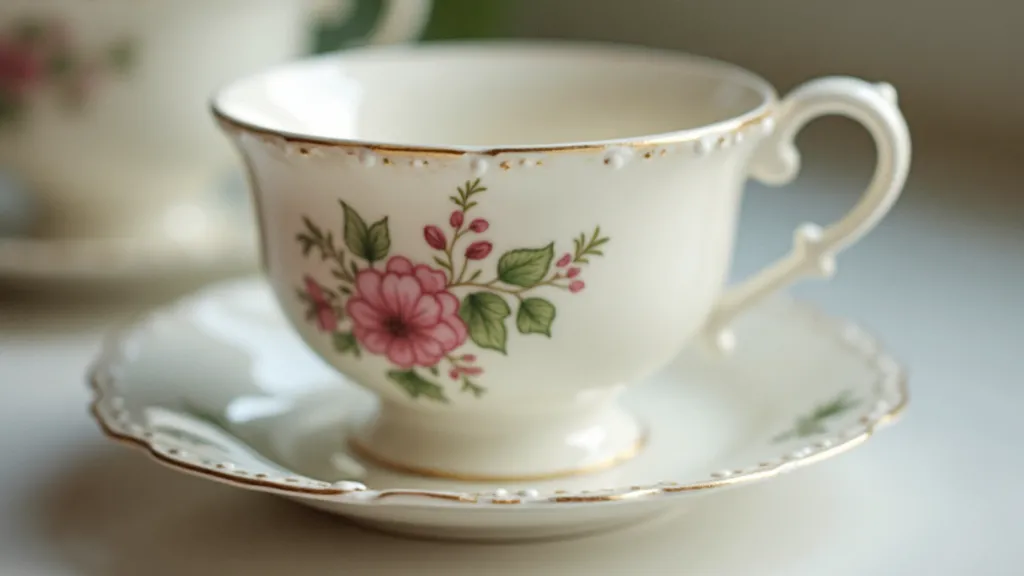
Identifying Authentic Belleek Tea Cups
Distinguishing authentic Belleek tea cups from reproductions requires careful observation. Here’s what to look for:
1. The Marks: A Crucial Clue
Belleek has used various marks throughout its history. Early marks were often simple, consisting of just the word "Belleek." Later marks included the shamrock emblem. Post-1920s marks typically feature a shamrock surrounded by the words “Belleek, Ireland.” Understanding the timeline of these marks can offer insights into the age of a piece. The evolution of markings, however, isn't unique to Belleek. Many manufacturers have adapted and changed their markings over time, and investigating “Royal Albert Old Country Roses: Authenticity and Variations” can offer comparable insights and comparisons for collectors.
Important Note: The presence of a mark isn't a guarantee of authenticity. Counterfeit marks have appeared on reproductions. Always consider the overall appearance and quality of the piece.
2. The Creamware Texture
The distinctive “Creamware” is a hallmark of authentic Belleek. The soft, creamy texture, often slightly porous, is due to a unique firing process. Examine the surface carefully – a genuine piece will have this characteristic. Reproductions often lack the authentic Creamware texture, appearing overly smooth and glossy.
3. The Decoration
Belleek is celebrated for its exquisite hand-painted decorations. Common motifs include wildflowers, birds, and delicate floral arrangements. The quality of the painting is a key indicator of authenticity. Look for fine detail, vibrant colors (although early pieces may be more muted), and a consistent style. The style and quality of decorative elements can vary significantly, highlighting the importance of research and comparison with other manufacturers.
4. The Shape and Form
While Belleek has produced a variety of shapes over the years, certain forms are more characteristic of specific periods. Researching specific Belleek patterns can help you identify the age and origin of a tea cup. Note the curve of the cup, the shape of the handle, and the overall balance of the piece. Understanding the lineage and historical development of these forms can greatly assist in authentication and valuation.
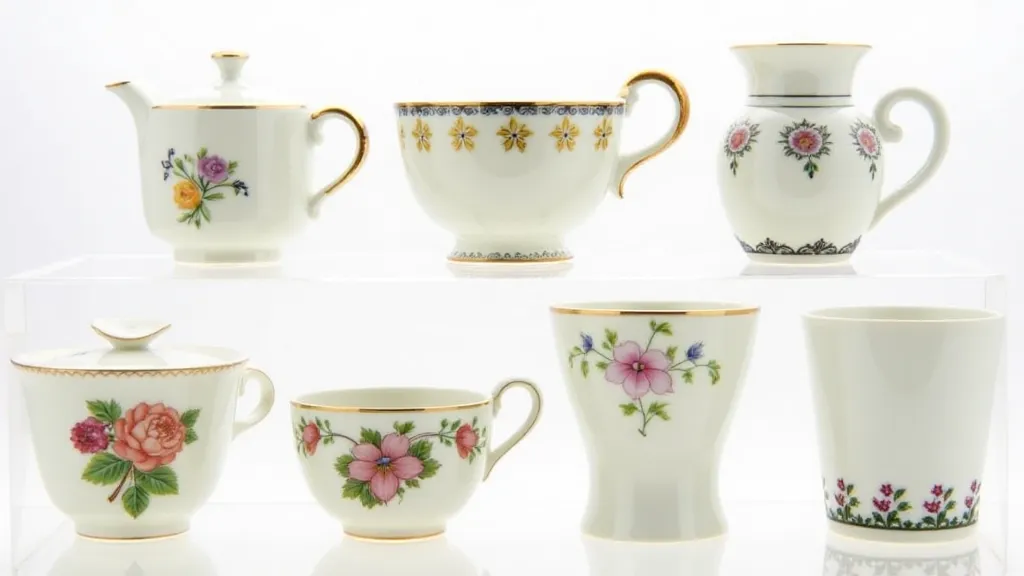
Popular Belleek Patterns to Know
Familiarizing yourself with popular Belleek patterns is crucial for identification and valuation. Here are a few notable examples:
- Green Willow: A very popular pattern featuring a willow tree scene.
- Shamrock: Depicts delicate shamrock leaves and flowers.
- Golden Jubilee: Marked a significant milestone in Belleek’s history and is highly sought after.
- Forget-Me-Nots: Features intricate depictions of forget-me-not flowers.
Beyond these well-known patterns, a dedicated collector will often delve into the less common designs, requiring a keen eye and thorough research. The complexity of these intricate designs showcases the exceptional skill of the Belleek artisans.
Valuation and Care
The value of a Belleek tea cup depends on several factors, including its age, pattern, condition, and rarity. Pieces in excellent condition, with rare patterns, command the highest prices. Condition plays a pivotal role; even minor chips or cracks can significantly diminish a piece's value. Expert appraisal can be invaluable when determining the true market value of a Belleek treasure.
To preserve your Belleek tea cups, handle them with care, avoiding harsh detergents and extreme temperatures. Gentle hand washing is recommended. Avoid abrasive cleaners that can damage the delicate Creamware finish. Proper storage, away from direct sunlight and humidity, will also contribute to the longevity of your collection.
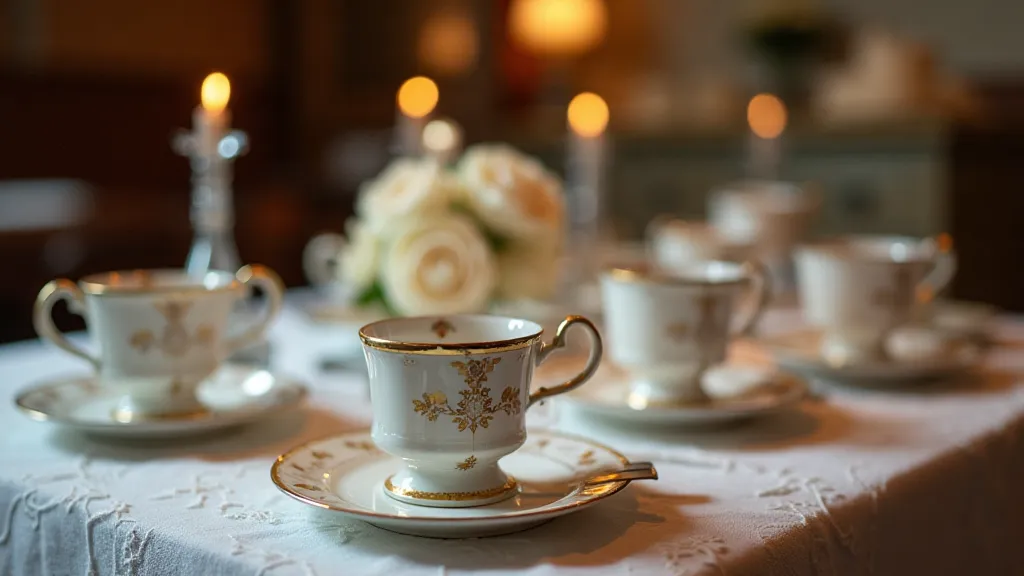
The Art of Collecting: Expanding Your Knowledge
Collecting Belleek is more than just acquiring beautiful objects; it's an exploration of Irish history, artistic tradition, and the meticulous craft of porcelain manufacture. The journey of a collector often leads to a deeper understanding of the broader landscape of fine china production, encompassing various manufacturers and styles. Recognizing the unique qualities of Belleek requires a comparative awareness of other esteemed brands. For instance, appreciating the subtle nuances of Identifying Crown Staffordshire Tea Cups: Patterns and Evolution provides valuable context and enhances the appreciation of Belleek's distinct characteristics.
Further Research
This guide provides a starting point for identifying Belleek tea cups. For more in-depth information, consult specialized books, online resources, and antique experts. Happy collecting!
